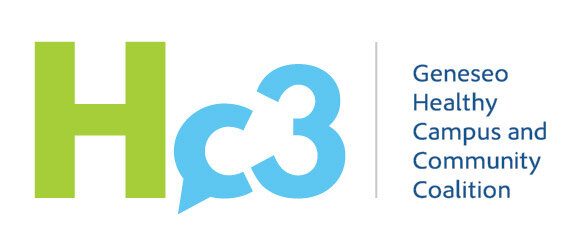
The Strategic Prevention Framework (SPF) Process
The Strategic Prevention Framework (SPF) process:
We follow SAMHSA’s Strategic Prevention Framework (SPF), a five-stage planning process for building community coalitions and addressing substance misuse. The effectiveness of the SPF begins with a clear understanding of community needs and involves community members in all stages of the planning process.
Assess Needs:
Identify local prevention needs based on data including surveys, focus groups and interviews.
Build Capacity:
Connect with a broad and representative group of people, businesses, and other resources who can help address prevention needs.
Planning:
Learn what strategies work to address prevention needs and how to do it well. Plan and create programs, policies and practices.
Implementation:
Deliver evidence-based programs, policies, and practices as planned.
Evaluation:
Examine the processes and outcomes of your programs, policies and practices.
Cultural Competence:
The ability to understand and interact effectively with people who have different values, lifestyles, and traditions based on their distinctive heritage and social relationships.
Sustainability:
Building strategies and structures to maintain coalition health and long-term results.

